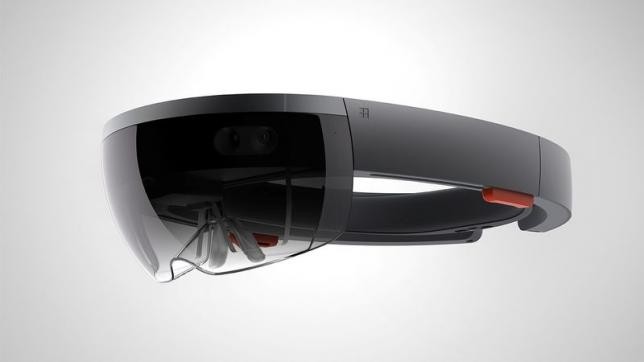Microsoft recently released a video showcasing how its augmented reality device HoloLens could be used in teaching medicine. The video was made in collaboration with Case Western Reserve University.
On the video, medicine students were able to walk around a holographic projection of the human body. This way students can see how bones, muscles as well as other organs of the human body work without the need to dissect a cadaver. Through the use of HoloLens' augmented reality environment, students and teachers can create simulations of several medical situation without the need of a live human patient which in turn creates a low-stress environment for future medical practitioners.
The HoloLens video presentation also allow viewers to have an approximation of the device's field of vision. This is the first time Microsoft presented the HoloLens' field of vision.
While the field of view presented on the video does not realistically depict what the HoloLens user actually see, it gives the viewer at least a vague idea of how augmented reality works.
The video was posted on video-sharing website YouTube and its description reads, "See how Microsoft HoloLens transforms the way we teach anatomy and our understanding of the human body as we help to prepare the next generation of doctors."
According to PC World, Microsoft is currently offering grants amounting to $100,000 to researches who have ideas on how to broaden the HoloLens' application. Microsoft said that aside from the monetary grant, chosen researchers will also receive HoloLens development kits for them to be able to tinker with the device.
Microsoft plans to unveil the chosen researchers in October, according to The Verge.



























